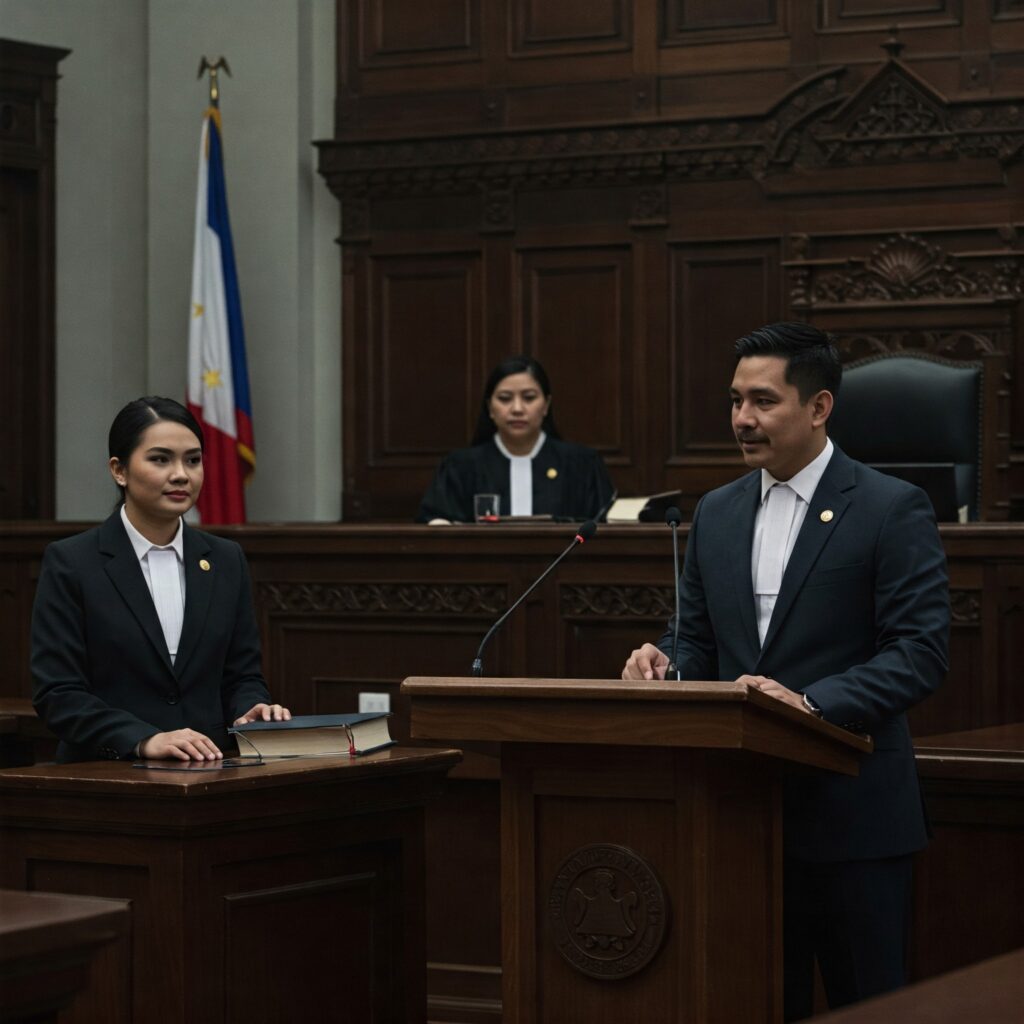Impeachment is a fundamental mechanism in the Philippines’ political system, designed to uphold accountability among high-ranking officials. Rooted in the 1987 Constitution, it serves as a check against abuses of power, ensuring that public servants remain answerable to the people. This article delves into the intricacies of the impeachment process in the Philippines, its historical applications, and its significance in maintaining democratic integrity.
Understanding Impeachment in the Philippines
Impeachment is the formal process by which the Philippine Congress charges a sitting government official with an impeachable offense. Upon impeachment by the House of Representatives, the official undergoes a trial in the Senate. If convicted, the official may be removed from office or censured. This process is enshrined in Article XI, Section 2 of the 1987 Constitution.
Impeachable Officials
The Constitution specifies the officials who can be subjected to impeachment:
- President
- Vice President
- Justices of the Supreme Court
- Members of the Constitutional Commissions (Commission on Elections, Civil Service Commission, Commission on Audit)
- Ombudsman
Other officials may be removed through different means, such as dismissal by the President or expulsion by their respective chambers.
Grounds for Impeachment
The Constitution outlines specific grounds for impeachment:
- Culpable violation of the Constitution
- Treason
- Bribery
- Graft and corruption
- Other high crimes
- Betrayal of public trust
These grounds ensure that only serious offenses warrant the impeachment process.
The Impeachment Process
The impeachment proceedings are detailed in Article XI, Section 3 of the Constitution:
- Initiation of Complaint: Any citizen, with the endorsement of a House member, may file an impeachment complaint.
- Committee on Justice Review: The House Committee on Justice evaluates the complaint’s form, substance, grounds, and probable cause.
- House Plenary Vote: If the committee finds merit, the complaint is presented to the House plenary. A one-third vote of all House members is required to approve the Articles of Impeachment.
- Senate Trial: The Senate conducts the trial, with Senators serving as judges. A two-thirds vote is necessary for conviction.
- Penalties: Upon conviction, the official may be censured, removed from office, and barred from holding any governmental position.
If the complaint fails at any stage, the same official cannot be subjected to another impeachment proceeding within a calendar year.
Historical Impeachment Cases
The Philippines has witnessed several notable impeachment proceedings:
| Official | Position | Year | Outcome |
|---|---|---|---|
| Joseph Estrada | President | 2000 | Impeachment trial aborted; ousted through a popular uprising in 2001. |
| Merceditas Gutierrez | Ombudsman | 2011 | Resigned before the Senate trial commenced. |
| Renato Corona | Chief Justice | 2012 | Convicted by the Senate and removed from office. |
| Andres Bautista | COMELEC Chairman | 2017 | Resigned before the impeachment trial. |
| Maria Lourdes Sereno | Chief Justice | 2018 | Removed through a quo warranto petition; impeachment proceedings rendered moot. |
| Sara Duterte | Vice President | 2025 | Impeached by the House; awaiting trial in the Senate. |
Challenges and Considerations
The impeachment process is inherently political, often influenced by the prevailing dynamics within Congress. The requirement that no official can face more than one impeachment proceeding per year has led to strategic filings, sometimes aiming to shield officials from subsequent legitimate complaints. Additionally, achieving the necessary votes in both the House and Senate can be challenging, especially when political alliances come into play.
Conclusion
Impeachment remains a vital tool in the Philippines’ democratic framework, ensuring that high-ranking officials are held accountable for their actions. While the process is complex and often contentious, it underscores the nation’s commitment to upholding the rule of law and maintaining the integrity of its public institutions.
Disclaimer: This article is for informational purposes only. While efforts have been made to ensure accuracy, readers are encouraged to consult official legal sources or professionals for comprehensive guidance. Please report any inaccuracies so we can correct them promptly.




